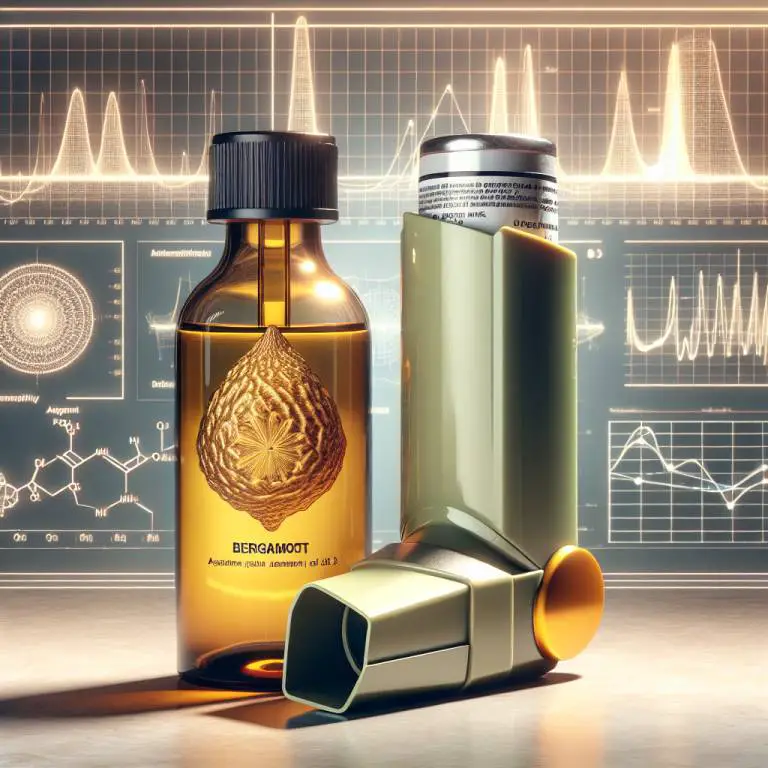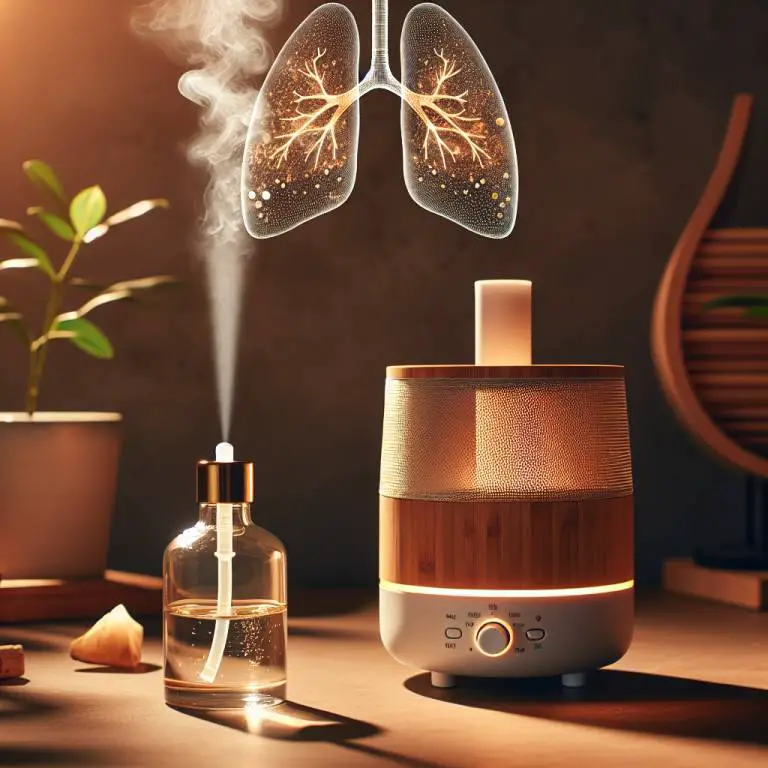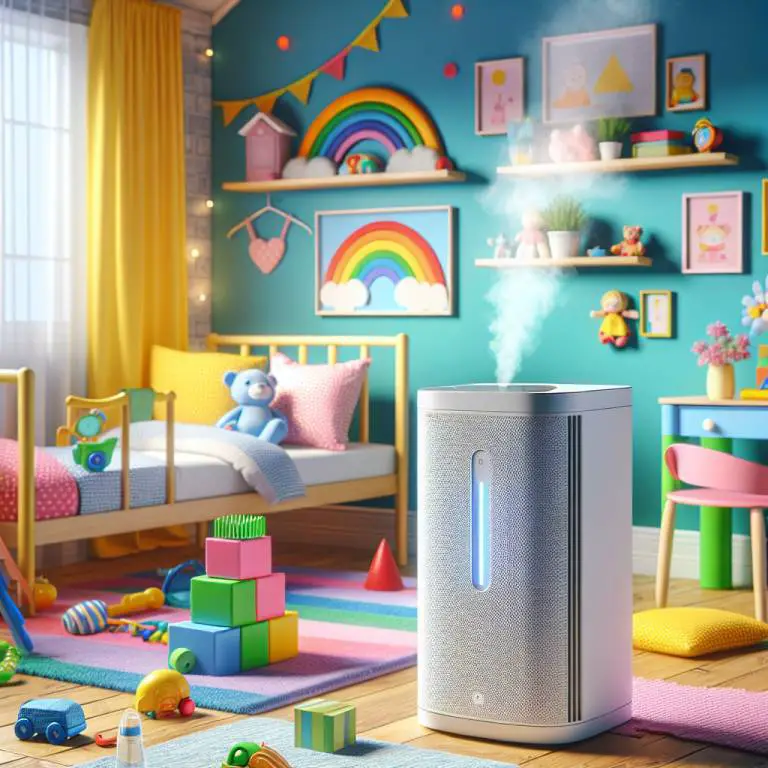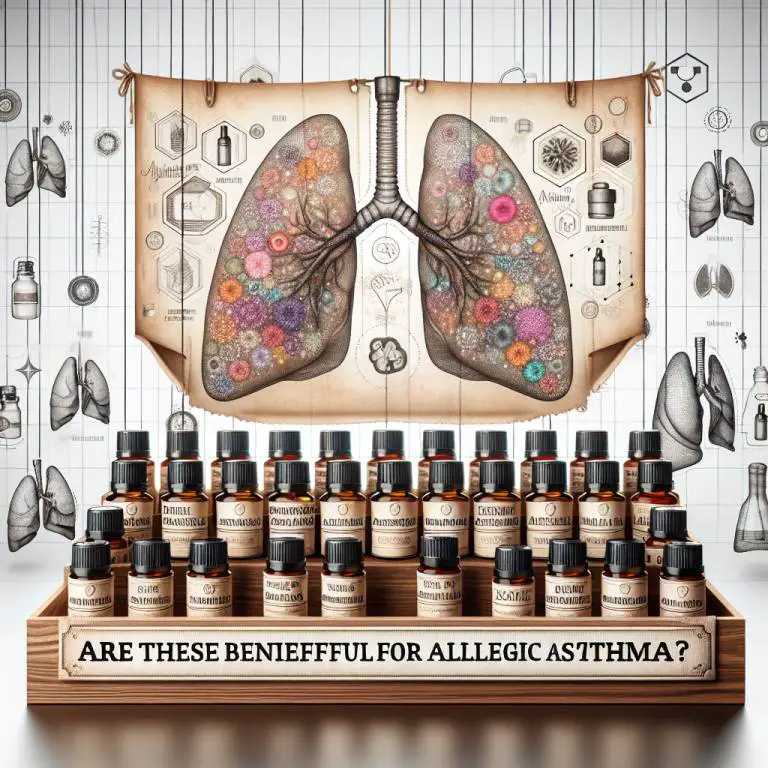Using Air Purifiers To Combat Seasonal Asthma Triggers
Air purifiers can be effective in fighting seasonal asthma triggers, such as pollen. They work by filtering out pollen particles from the air inside your home, making the air cleaner and safer to breathe for asthma sufferers. However, it’s important to choose an air purifier with a HEPA filter for it to be truly effective against these triggers.
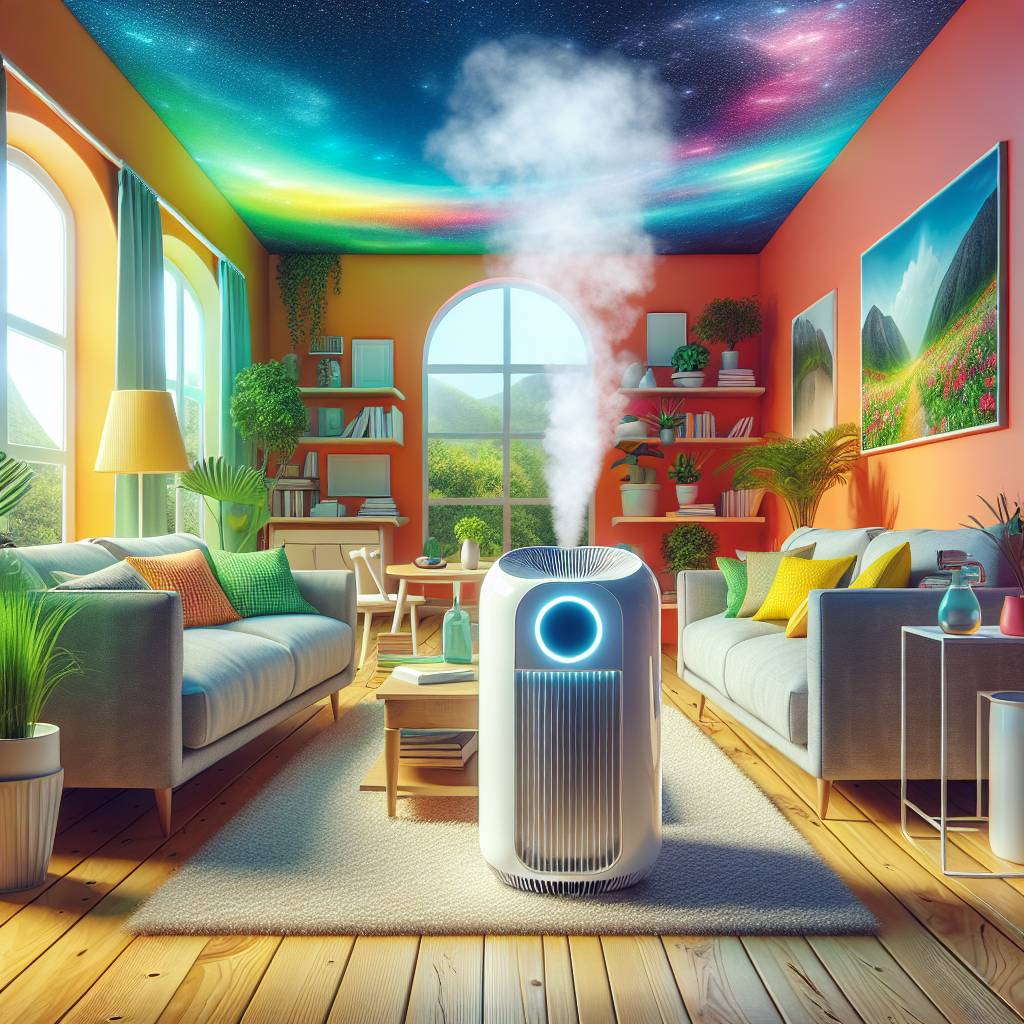
How do air purifiers help with seasonal asthma triggers?
Air purifiers work by cleaning the air inside your home. They pull in dirty air, filter out harmful particles, and then push clean air back out. This process can help reduce the number of asthma triggers in your environment.
Seasonal asthma triggers like pollen, mold spores, and dust can worsen symptoms for people with asthma. By using an air purifier, these airborne irritants are significantly reduced. This means fewer asthma attacks and less reliance on medication for many individuals.
Moreover, air purifiers equipped with HEPA filters are particularly good at trapping tiny particles that can cause asthma flare-ups. These devices can capture pollutants as small as 0.3 microns, which includes most allergens found in the air during different seasons.
What types of air purifiers are most effective for asthma sufferers?
The most effective air purifiers for people with asthma are those that use HEPA filters. HEPA stands for High-Efficiency Particulate Air filter. These filters are designed to capture 99.97% of airborne particles that are 0.3 microns or larger.
Want to reduce asthma flare-ups? Find out how our favorite air purifier for asthma can make a significant difference. Learn more about its benefits today.
Another type of air purifier beneficial for asthma sufferers is one equipped with an activated carbon filter. While HEPA filters trap physical particles, activated carbon filters remove gases and odors that can also trigger asthma symptoms.
Ionic air purifiers and UV light purifiers also offer benefits by targeting airborne pathogens and allergens differently but may not be as universally recommended due to concerns about ozone production or effectiveness against specific allergens relevant to asthma.
Can air purifiers remove pollen and other allergens from indoor air?
Yes, air purifiers can effectively remove pollen and other allergens from indoor air. The key is in the filtration technology they use. HEPA-filtered air purifiers excel at capturing a wide range of airborne particles including pollen, pet dander, dust mites, and mold spores.
The process involves drawing in room air through the filter where particles are trapped before clean air is circulated back into the room. This continuous cycle significantly reduces the concentration of allergens in indoor environments.
Beyond just removing them from the airflow, some advanced models offer additional features like pre-filters to catch larger particles before they reach the HEPA filter or specialized coatings on filters to neutralize allergens upon contact.
What features should you look for in an air purifier to combat asthma?
To effectively combat asthma with an air purifier, look for a model with a true HEPA filter as its core feature. This ensures it can trap fine particulates that often trigger asthma symptoms.
Another important feature is adjustable speed settings which allow you to control how quickly or slowly the air is purified based on your current needs—higher speeds during high pollen days or when allergy season peaks, for example.
Last but not least, consider an air purifier’s room coverage capacity to ensure it’s adequate for your intended space; too small a unit won’t effectively clean the area’s air while one too large may consume unnecessary power without added benefit.
| Seasonal Asthma Trigger | Effectiveness of Air Purifiers | Recommended Air Purifier Type |
|---|---|---|
| Pollen | High | HEPA Filter |
| Mold Spores | High | HEPA Filter with UV-C Light |
| Dust Mites | High | HEPA Filter |
| Pet Dander | High | HEPA Filter |
| Outdoor Air Pollution | Moderate to High | HEPA Filter with Activated Carbon |
| Smoke (from wildfires) | Moderate to High | HEPA Filter with Activated Carbon |
How often should air purifiers be used to effectively reduce asthma triggers?
To keep the air in your home clean and free from asthma triggers, it’s important to use an air purifier regularly. Running your air purifier continuously is the best way to ensure that allergens like pollen, dust, and pet dander are constantly being filtered out of the air. This constant filtration helps maintain a healthy indoor environment for those with asthma.
Some people might worry about energy consumption, but many modern air purifiers are designed to be energy efficient. Using them 24/7 won’t significantly increase your electricity bill. Plus, keeping them on all the time means you’re always breathing cleaner air, which can help reduce asthma symptoms and flare-ups.
Are there any side effects of using air purifiers for people with asthma?
Generally speaking, using an air purifier is safe for people with asthma and can significantly improve their quality of life by removing airborne irritants. However, it’s important to choose the right type of air purifier. Some models release ozone as a byproduct, which can irritate the lungs and worsen asthma symptoms. Therefore, selecting an ozone-free air purifier is crucial for those with respiratory issues.
Additionally, if not maintained properly, air purifiers can become a source of pollution themselves. Filters that aren’t changed regularly can harbor mold and bacteria, which then get released into the air. This is why proper maintenance is key to ensuring that your air purifier doesn’t inadvertently contribute to indoor air pollution.
How can you maintain an air purifier to ensure its effectiveness against asthma triggers?
Maintaining an air purifier is essential for its effectiveness in combating asthma triggers. The most important step is regularly changing or cleaning the filters according to the manufacturer’s instructions. For HEPA filters, this usually means replacing them every 6-12 months depending on usage and environmental factors such as high pollen counts or pet ownership.
Besides filter maintenance, keeping the exterior of the unit clean prevents dust from entering the system and ensures optimal airflow. It’s also wise to periodically check for any blockages or signs of wear and tear that could affect performance. By following these simple steps, you can help guarantee that your air purifier continues to provide relief from asthma triggers year-round.
Final Thoughts
Air purifiers play a significant role in managing asthma symptoms by removing allergens and pollutants from indoor environments. To maximize their benefits, they should be used continuously while paying close attention to maintenance routines like filter changes and regular cleaning.
While there are considerations regarding ozone production in some models, choosing an appropriate device and maintaining it well minimizes risks and enhances indoor air quality effectively for those with asthma. Ultimately, when used correctly, air purifiers offer a practical solution for reducing exposure to common asthma triggers at home.


